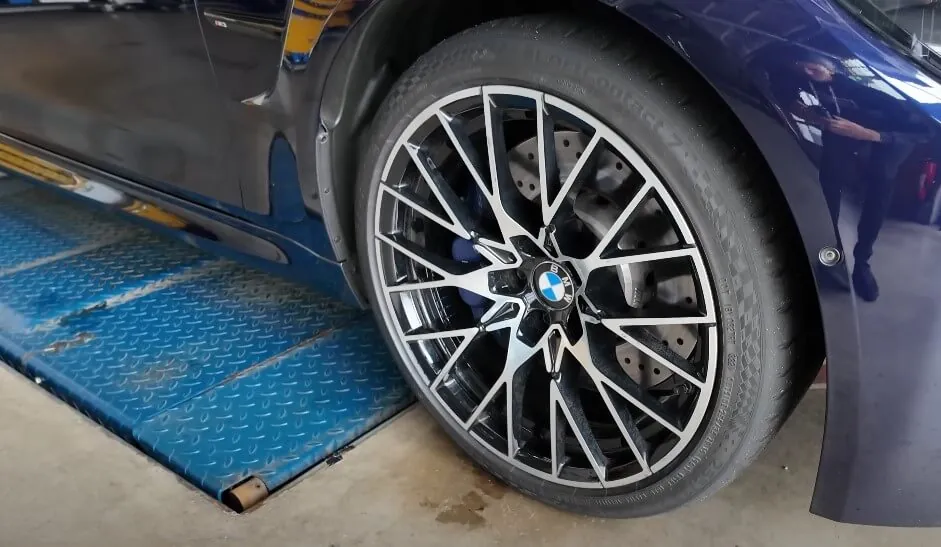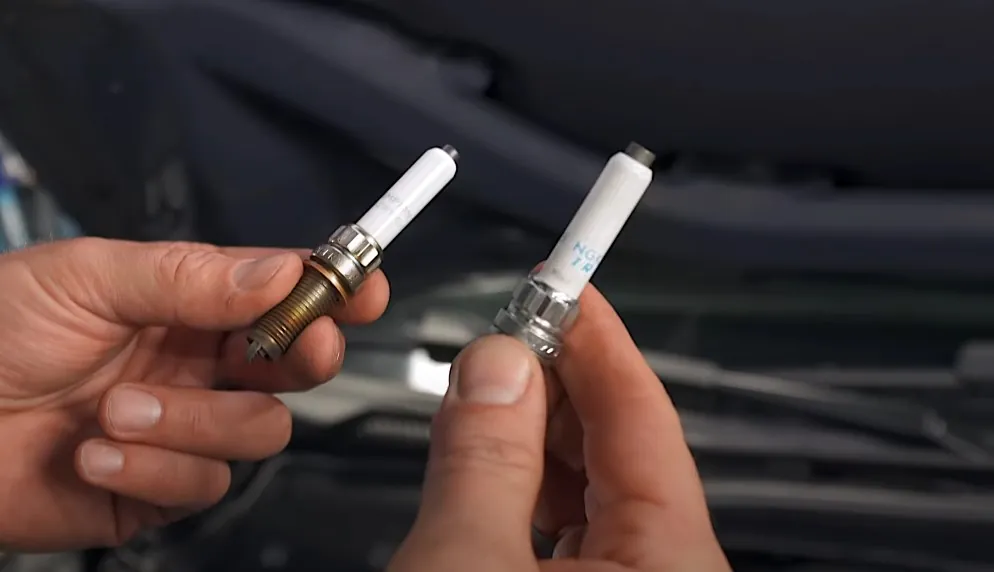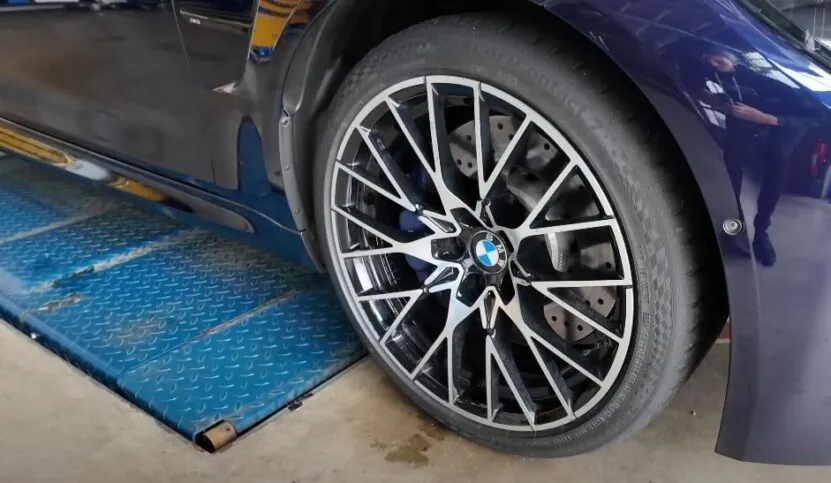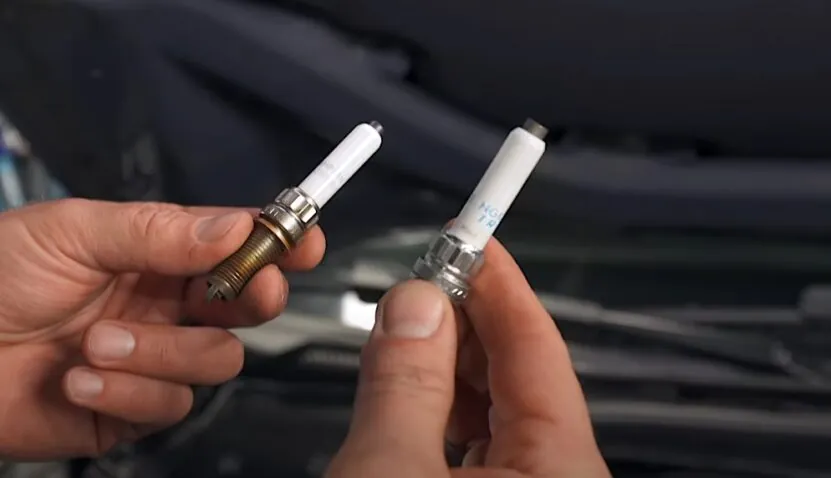
Share Post:
Here’s the straight answer: For most turbocharged BMWs, you should replace your spark plugs every 30,000 to 45,000 miles.
Not 100,000. Not “whenever it misfires.” Every 30k to 45k. No shortcuts.
If your car’s been tuned, even mildly, like a Stage 1 flash or piggyback tune, lean closer to the 20,000 to 25,000-mile range. ,
That’s not overkill. It’s smart maintenance that keeps performance sharp and avoids bigger headaches later.
Why Turbocharged BMWs Are a Bit Needier with Spark Plugs
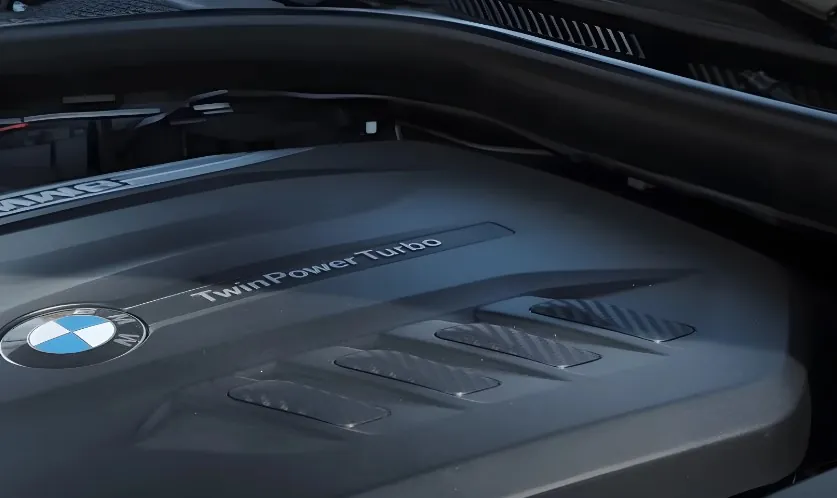
Turbocharging cranks up the pressure, literally. When you jam more air into the engine, you also increase cylinder pressures and temperatures. That makes your ignition system work harder, and spark plugs bear the brunt of it.
A naturally aspirated 3 Series? You could stretch the plugs to 60k or even 100k under light driving. But throw a twin-scroll turbo in the mix (like on the B48 2.0L or the B58 3.0L), and that window shrinks fast.
Why Pressure = Shorter Plug Life
Higher cylinder pressures:
-
Increase resistance across the spark plug gap
-
Cause more heat to soak in the plug itself
-
Speed up electrode wear
So even if your car runs perfectly at 40,000 miles, the plug’s performance has likely declined. That means slightly less efficient combustion, rougher idle, weaker throttle response, and eventually, misfires.
And with BMWs, especially the turbo ones, misfires don’t stay quiet. They bring codes, limp mode, maybe even the check engine light of doom.
Tuning? Drop the Interval Even Lower
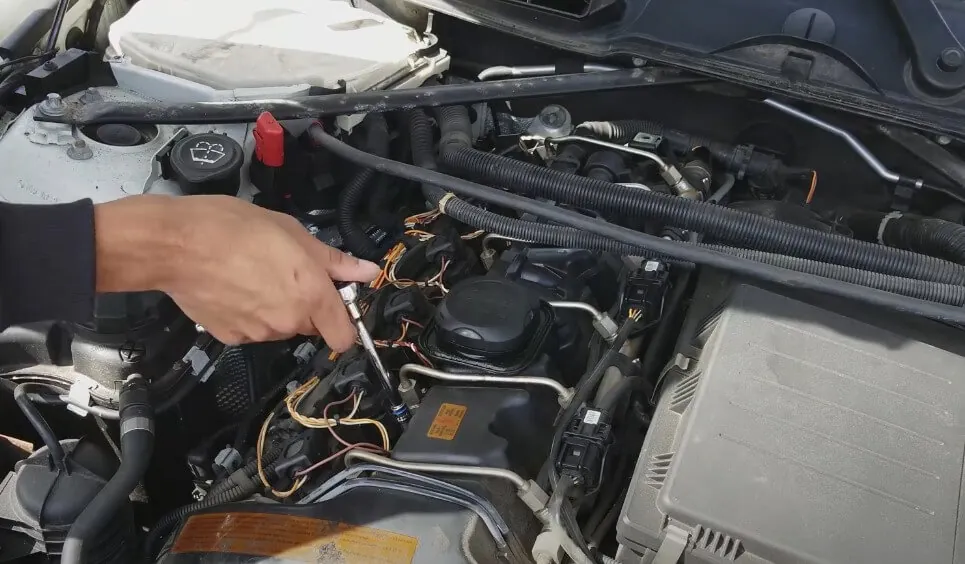
If your BMW is tuned, you’ve already increased cylinder pressures even more. That’s more stress on ignition components, including plugs and coils.
Typical intervals for tuned cars:
| Tuning Level | Recommended Interval |
|---|---|
| Stock | 30,000 – 45,000 miles |
| Stage 1 | 20,000 – 25,000 miles |
| Stage 2 or higher | 15,000 – 20,000 miles |
Think of it like this: tuning boosts power, but it also shortens the service life of wear items. You wouldn’t expect a set of tires to last 50,000 miles on a track, right? Same logic here.
And no, running one step colder plugs isn’t a silver bullet. That might help with detonation and keep temps down a little, but it doesn’t mean you can magically double the interval. In some cases, colder plugs can foul more easily with short trips or if you’re not flogging the car often enough.
What Happens When You Push Plugs Too Long?
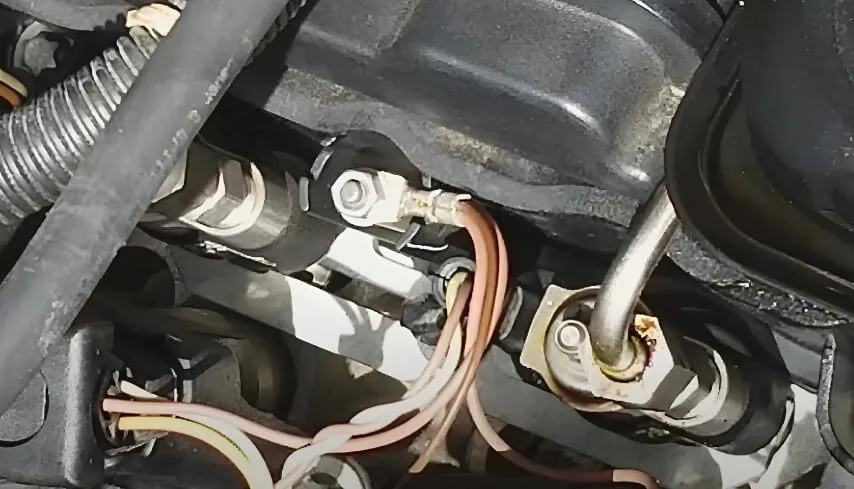
Let’s say you roll past 50,000 miles on the original plugs in your N20 or B58. It still starts fine, drives alright, and doesn’t show any codes. So, what’s the problem?
Well, here’s what starts creeping in:
-
Rough cold starts — It’ll feel just slightly off, like it hiccups once before smoothing out.
-
Misfires under load — Accelerating up a hill or punching it at 60 mph, the car might stumble for a beat.
-
Fuel economy drop — Nothing massive, but enough to notice.
-
Sluggish throttle response — You hit the gas, but there’s a moment of lag.
-
Catalytic converter stress — Unburned fuel from misfires can shorten cat’s lifespan.
And let’s not forget: worn plugs often take coils down with them. Ignition coils have to work harder to fire across a larger gap as electrodes wear, and that extra strain wears them out faster. So now you’re looking at replacing coils too — an expense and hassle you could’ve avoided.
OEM vs. Aftermarket Plugs — What to Buy
For most BMWs, stick to OEM or equivalent NGK or Bosch plugs. The part numbers are specific, and BMW isn’t just being fussy for the sake of it — those plugs are tuned to the ignition system’s needs.
Here’s a quick breakdown by engine family:
| Engine | OEM Plug Brand | Part Number (OEM) | Gap |
|---|---|---|---|
| N20 | Bosch | 0242145515 (ZR5TPP33) | 0.028″ |
| B48 | NGK | 94201 (SILZKGR8C8S) | 0.028″ |
| N55 | Bosch | 0242140555 (ZR5TPP33) | 0.028″ |
| B58 | NGK | 94201 or 97506 (colder) | 0.028″ |
If you’re tuned and pushing more boost, a one-step colder plug like NGK 97506 (for B58) is often a good choice. It resists pre-ignition better but still maintains decent drivability.
And always gap your plugs properly. Don’t assume they come pre-gapped. Use a feeler gauge — never a coin or key ring — and keep it at 0.028″ unless your tuner recommends otherwise.
How to Know When It’s Time — Without Waiting for Misfires
Mileage is one part of the story. But there are signs your plugs are fading even if the car hasn’t tripped a code.
Watch for:
-
Longer crank times in the morning
-
Rough idle on cold start that clears up after a minute
-
Noticeable hesitation at mid-throttle (especially uphill or during passing)
-
Slight drop in boost levels if you’re monitoring with a gauge or app
-
Sudden drop in MPG with no other changes
Sometimes it’s subtle. Other times it hits all at once. Don’t wait for the light show — proactive replacement is cheaper than reactive diagnostics.
DIY Spark Plug Replacement on a Turbo BMW — Worth It?
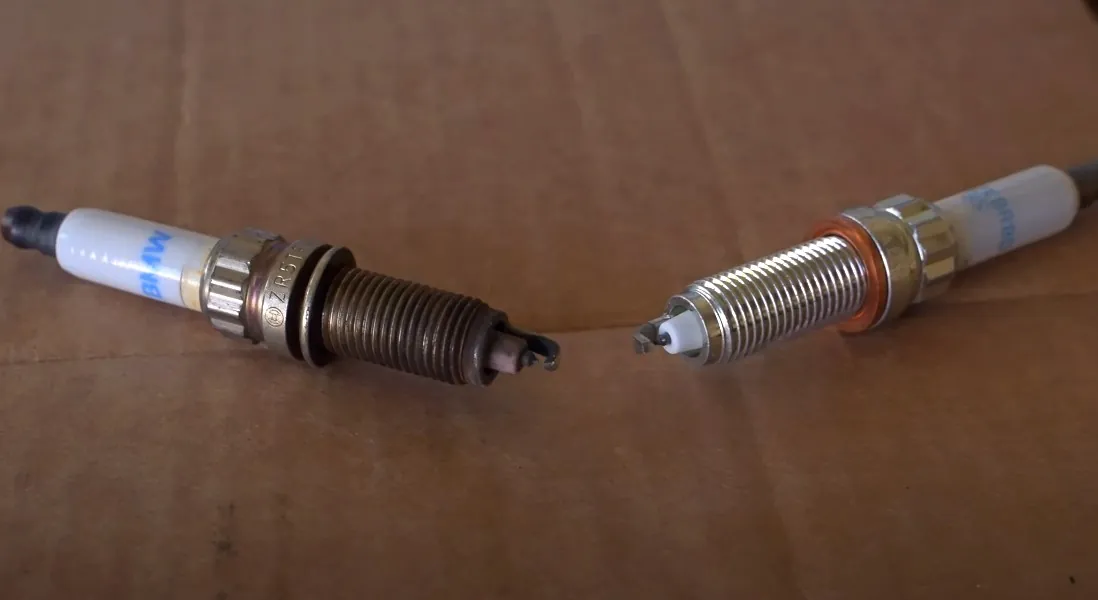
For a lot of models, yeah — it’s totally doable at home with basic tools and patience. That said, some of the newer platforms (like G20 B58s) are a tighter squeeze, especially cylinder 5 or 6 tucked under the cowl.
Here’s what you’ll need for most models:
-
Spark plug socket (thin wall, 14mm for NGK plugs)
-
Torque wrench (set to 23 Nm or about 17 lb-ft)
-
Anti-seize (light dab — controversial, but OEMs usually say no; many techs still use a bit)
-
Dielectric grease (just a smidge inside the coil boot)
-
Coil puller tool (makes removal easier, especially on older coils)
If you’re not comfortable or just don’t want the hassle, a decent shop will charge you 1 to 1.5 hours of labor. Budget around $200 to $350 total, including parts.
What About Coil Packs? Replace Together?
You don’t have to change coils every time you do plugs, but it’s not a bad idea around the 60k to 70k mark — especially if you’re tuned. If one goes, the others usually follow within months.
Pro tip: If you’re doing plugs and have one known misfiring coil, replace that one now — and stash a spare in the trunk. Trust me, you’ll thank yourself at 10 p.m. on the side of the road when another coil gives up.
Final Thoughts
Turbocharged BMWs are amazing machines — when they’re maintained right. Push the service intervals too far, and they’ll remind you with misfires, limp modes, or worse. Replacing spark plugs regularly is simple, relatively cheap, and one of the best things you can do to keep performance tight and reliability strong.
So yeah — every 30k to 45k miles if you’re stock. Closer to 20k if you’re tuned. Don’t wait for the CEL to light up. Your engine — and your wallet — will thank you.
Got a few thousand miles left? Cool. Set a reminder. Already past 40k? Time to book that garage session.
And hey, throw in a fresh air filter while you’re at it. Your car’s lungs and heart will both run better.
Related Posts:




